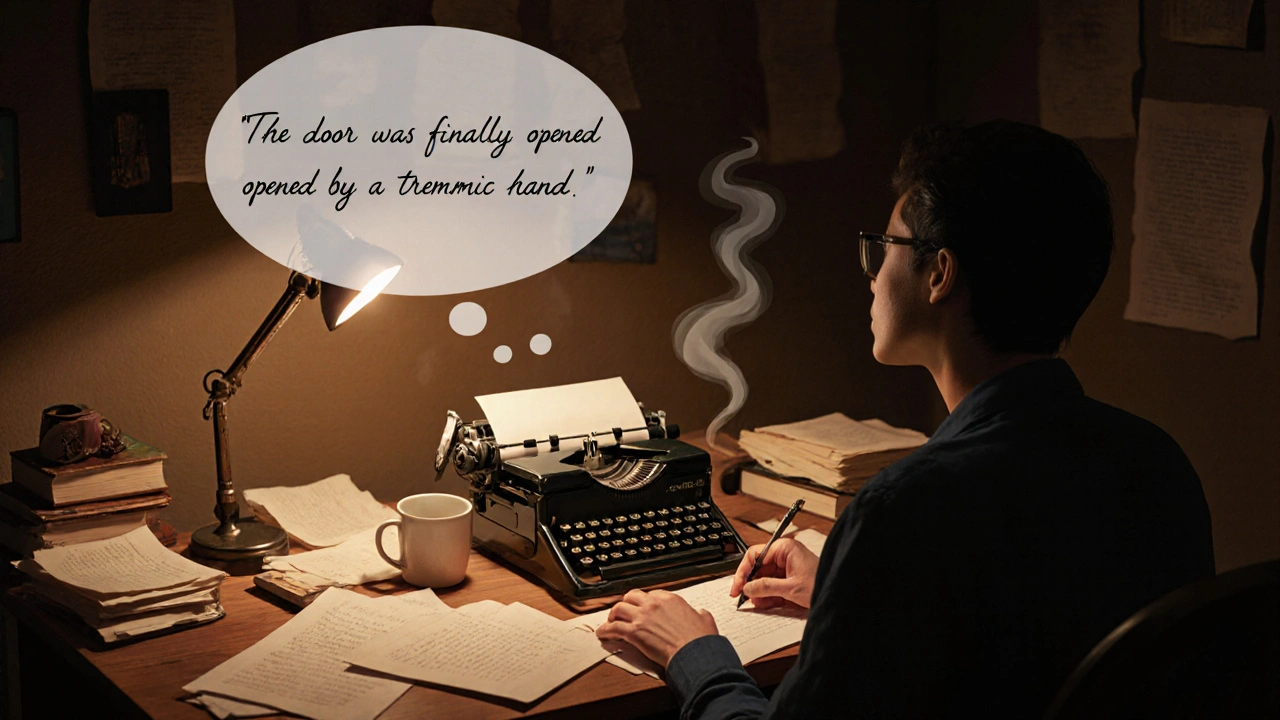Narrative Pacing: How to Control Your Story’s Rhythm
When working with Narrative Pacing, the speed at which a story unfolds and the way information is released to the reader. Also known as story rhythm, it acts like a heartbeat that keeps the audience moving forward. Good pacing balances tension and relief, pushing the plot when needed and pausing to let characters breathe. In practice, Storytelling, the art of conveying a narrative to an audience relies on this balance to stay compelling.
How Pacing Shapes Plot Structure and Character Development
Plot Structure, the framework that organizes events from exposition to climax and resolution is directly influenced by pacing. A tight, fast‑moving opening can hook readers, while slower middle sections allow subplots to thicken. This relationship forms the semantic triple: Plot Structure requires balanced Narrative Pacing. Likewise, Character Development, the process of revealing a character’s traits, motivations, and growth thrives when pacing gives moments for introspection. When a scene slows down, readers get space to connect emotionally; when it speeds up, they feel the character’s urgency. In short, Effective Character Development benefits from controlled Narrative Pacing.
Beyond plot and characters, the overall Writing Rhythm, the pattern of sentence length, dialogue, and action that creates a musical flow in prose is the final piece of the puzzle. Rhythm dictates how quickly sentences snap together or linger, shaping the reader’s breathing pattern. Writers who sync rhythm with pacing can guide attention, build suspense, or deliver payoff with precision. This creates another triple: Writing Rhythm enhances Narrative Pacing, which in turn drives Storytelling impact. Below you’ll find a curated set of articles that dive deeper into each of these angles—whether you’re looking to tighten your scene transitions, map out a robust plot, or give your characters room to evolve. Explore the collection and start fine‑tuning the tempo of your next story.
Rimming Passive Writing Technique: Boost Your Novels
By Simon Blackwell On 20 Oct, 2025 Comments (3)

Learn how the rimming passive technique slows pacing, deepens mood, and strengthens themes for novelists. Practical tips, examples, and a comparison table included.
View More




